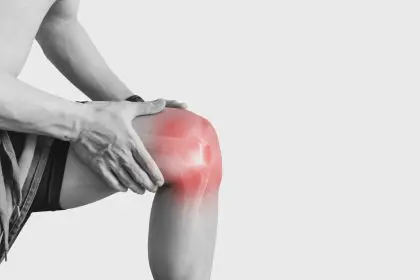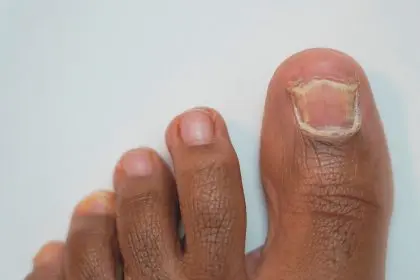That satisfying pop from knuckles or unexpected crack from knees during stretches often puzzles both medical professionals and patients alike. While these sounds can startle or concern some people, they often represent natural bodily functions rather than serious health issues.
These distinctive noises, which range from subtle clicks to pronounced pops, emerge from various joint movements and biological processes within the body. Understanding their causes helps demystify these common occurrences.
Understanding crepitus
The medical term for these bone-cracking sounds, “crepitus,” encompasses various joint noises that occur during movement. Despite common misconceptions, these sounds rarely indicate bones rubbing together. Instead, they typically originate from soft tissues or gases within the joint.
Synovial fluid, which lubricates and cushions joints, contains dissolved gases including oxygen, nitrogen and carbon dioxide. When joints move or stretch, these gases can form bubbles that burst, creating the familiar popping sound that many associate with joint cracking.
The role of soft tissues
Joint sounds often result from tendons and ligaments moving across bones. These soft tissues can snap into place during movement, particularly when shifting over bony prominences. Such movements commonly produce audible sounds in areas like knees or hips during physical activity.
The interaction between various joint components contributes to these noises. Tendons, muscles and ligaments work together during movement, sometimes creating audible feedback as they function.
Age-related factors
As bodies age, joint surfaces may experience natural wear, and cartilage can lose its original smoothness. These changes sometimes lead to clicking or cracking sounds during movement. While not always concerning, these noises occasionally signal early stages of arthritis or other joint conditions.
Joint sounds often increase with age, though they don’t necessarily indicate problems. Regular joint maintenance through appropriate exercise and nutrition can help manage these changes.
Common misconceptions
Several myths surround joint cracking, particularly regarding long-term effects. Research has debunked the common belief that knuckle cracking causes arthritis. While the habit might annoy others, studies haven’t shown it causes joint damage.
The notion that cracking sounds indicate weakness or poor health also lacks scientific support. These noises often represent normal joint function rather than underlying health issues.
Warning signs
While most joint sounds prove harmless, certain situations warrant medical attention. Pain accompanying these noises, especially when combined with swelling or reduced joint function, may indicate injury or inflammation.
Persistent or frequent cracking in the same area, particularly if recently developed, might suggest joint instability. Limited mobility associated with these sounds also merits professional evaluation.
Maintaining joint health
Regular physical activity helps strengthen muscles supporting joints and improves overall joint function. Low-impact exercises like swimming, cycling and yoga offer particular benefits for joint maintenance.
Proper nutrition plays a crucial role in joint health. Foods rich in calcium, vitamin D and omega-3 fatty acids support bone and joint function. Good posture during daily activities helps minimize unnecessary joint strain.
Professional guidance
Medical professionals can evaluate concerning joint sounds and determine whether they indicate underlying issues. Early intervention often prevents minor problems from developing into chronic conditions.
Healthcare providers can assess joint function, recommend appropriate exercises and suggest lifestyle modifications to support joint health.
Looking forward
Understanding joint sounds helps individuals better interpret their body’s signals and respond appropriately to potential concerns. While most cracking noises represent normal function, staying informed about joint health enables better self-care decisions. This knowledge can help people distinguish between typical joint sounds and those that might require medical attention, leading to more confident health management.
Maintaining awareness of joint health while avoiding unnecessary concern about normal sounds helps achieve balance in physical well-being. Regular attention to joint care through proper exercise and nutrition supports long-term joint function and overall mobility. By focusing on preventive measures and understanding normal joint mechanics, individuals can maintain active lifestyles while protecting their joint health for years to come. This balanced approach to joint awareness combines practical knowledge with proactive health maintenance, ensuring optimal joint function throughout life.
This story was created using AI technology.














